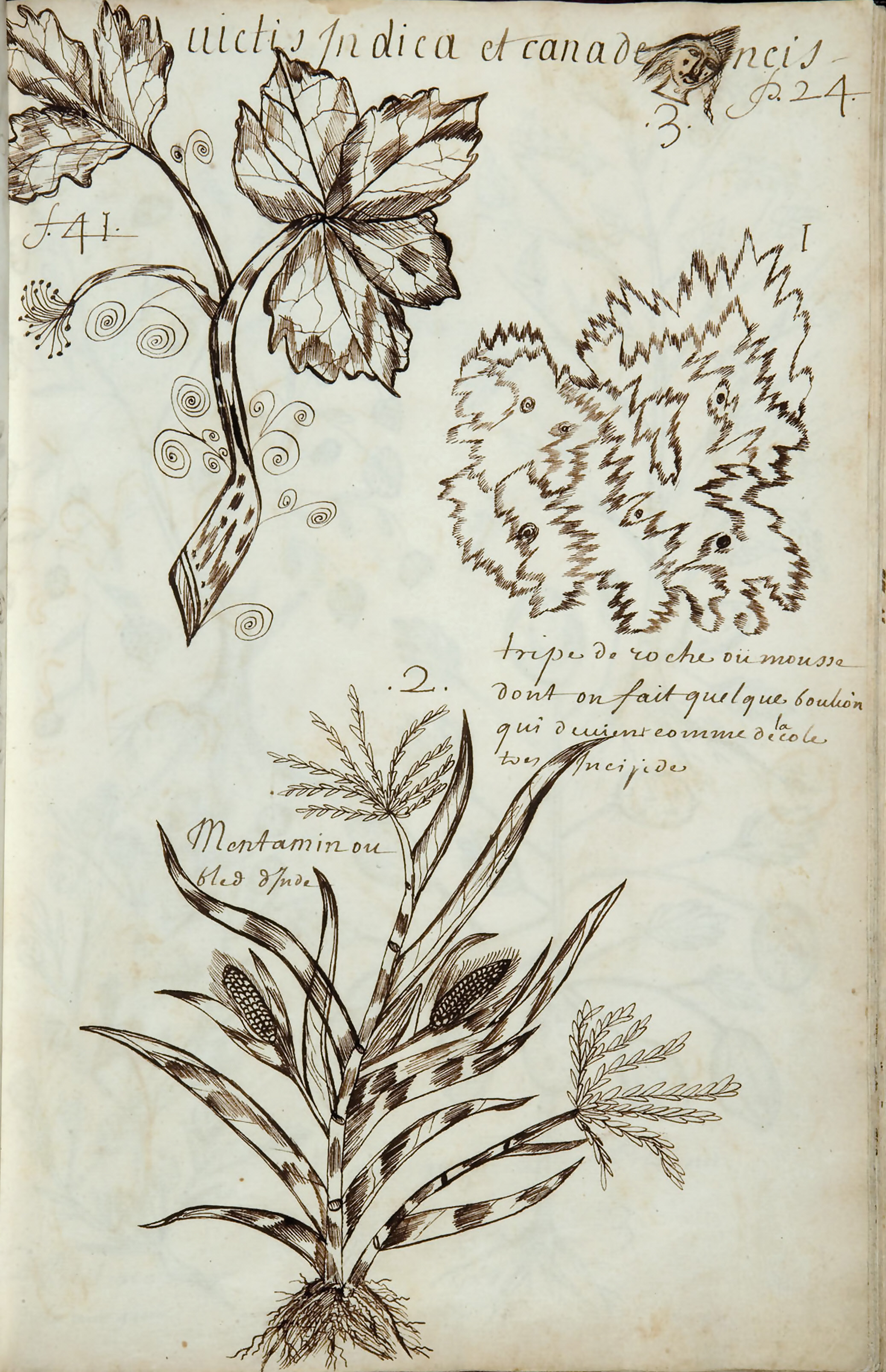Your search results [18 articles]
The general history of fermented beverages, especially beer, postulates that brewing appears and develops during the protohistory of human societies when three major factors are combined: a food technology based on starchy plants (agriculture/horticulture, cooking and related techniques), a social structure in the process of hierarchisation and segmentation (producers, ruling class/warriors, ritual specialists), and finally a religious complex associating food plants, the spirits responsible for their cyclical growth, and the community's survival.
This is the global framework that explains the emergence of beer as the main fermented beverage among all the ancient societies in the world for almost 10 millennia. All of them?
Or nearly so. The Native American societies of North America seem to fall outside this explanatory framework, except for the ancient Pueblos and similar sedentary societies of the American Southwest that had been cultivating maize and other starchy plants for a millennium or two. Maize and tubers (cassava, sweet potato) became major food plants around the 8th-10th centuries along the Mississippi river and in large tracts of the bordering lands. Some species of chenopods and carob were already grown before this period. At the same time, the hierarchisation of Amerindian societies is attested by the building of ceremonial mounds or dwellings for a ruling elite in this same Mississippian area and in the Appalachian region. Yet there is no trace of beer made from maize, other seeds or tubers in religious contexts or in everyday life. How can this be explained?
This North American 'exception' forces us to re-examine the three fundamental principles listed above.
Hypothesis 1: Starchy plants were not crucial to the survival of Native American societies. The abundance of game and the gathering of wild plants remained viable alternatives after the 10th century. It should be noted that alcoholic fermentation of sweet fruits is known in almost all of North America before the arrival of Europeans, and the fermentation of maple sap in Canada. Fermented beverages were not unknown to the Amerindians. The problem raised concerns the beer and its regular making, that is the brewing of cultivated food resources and not merely gathered among wild plants for some occasional brews. Beer did not become a stand-alone fermented beverage because maize did not become an almost exclusive food source within the northern Amerindian societies
Hypothesis 2: the hierarchy of Amerindian societies was not as structuring as we think. Migration, flight or adoption by another clan was a counterweight to social coercion. The Mississippi cultural complex would never have reached an irreversible stage of accumulation of wealth and political power by a minority, as in South America, Asia or Europe.
Hypothesis 3: the religious performances did not give food plants as central a role as in Central America or the Andes. Tobacco and psychotropic plants were used as a medium to generate collective states of modified consciousness, to manage social conflicts, instead of the alcoholic beverages. The Amerindian societies sought to control collective behaviour and disorder as tightly as possible, rejecting the consumption of fermented beverages in the sphere of individual behaviour. This pattern of alcoholic beverages consumption without social control emerged when the European colonisation has quickly broken down the north-Amerindian social structures.
Hypothesis 4: the three protohistoric processes combined (starch plants, social structure, religious complex) are not sufficient to explain the emergence or absence of beer in any given protohistoric context. This equation is incomplete. We are missing one or more terms. Which one(s)? That is the question



